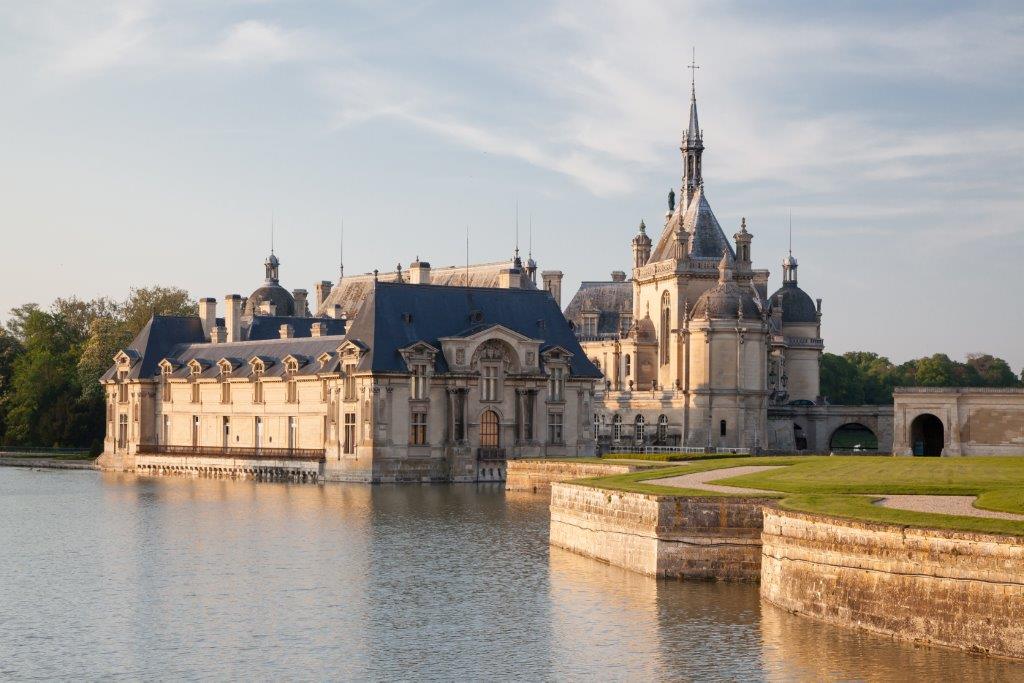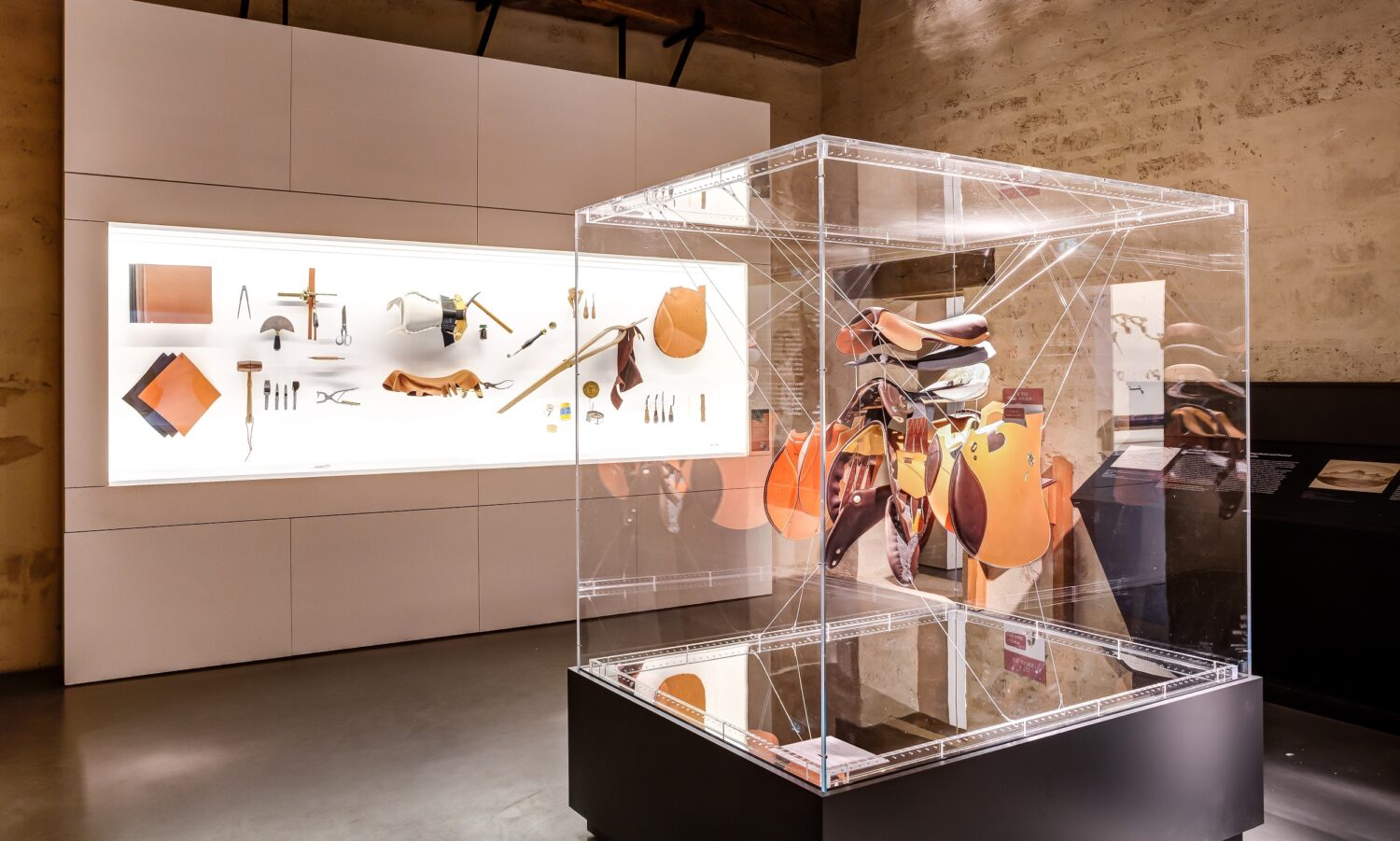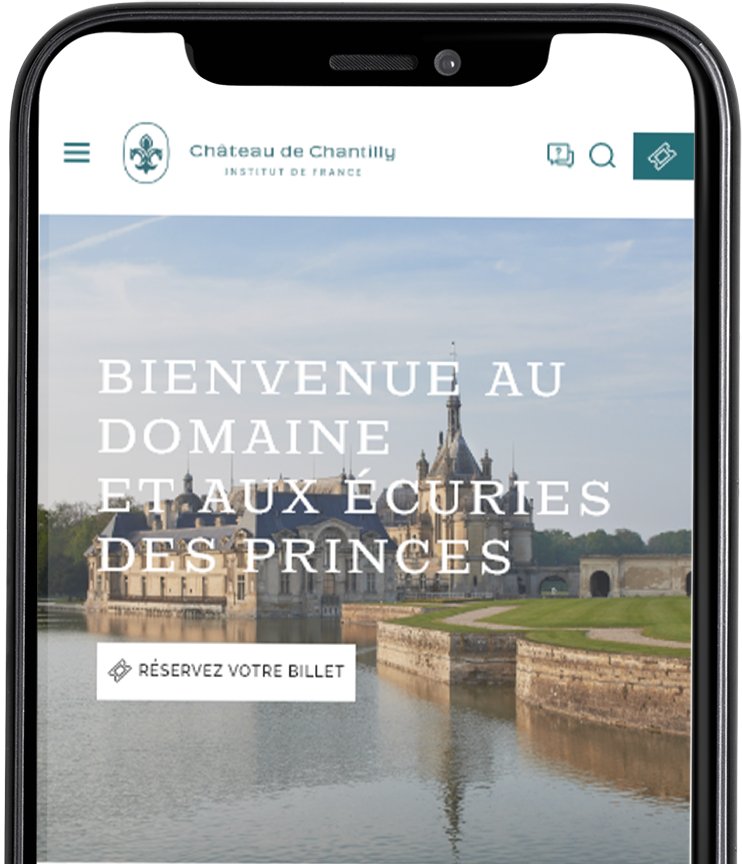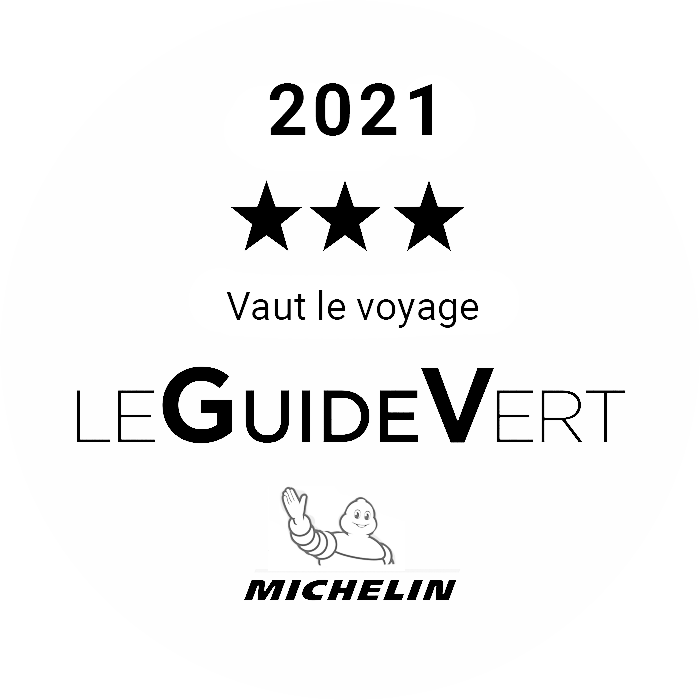The horse at the heart of civilisation
The Living Museum of the Horse was inaugurated in June 2013 in the 15 rooms of the Cour des Remises in the Great Stables. As a museum of both art and ethnology, its aim is to allow visitors discover the importance of the relationship between men and horses in all civilisations.
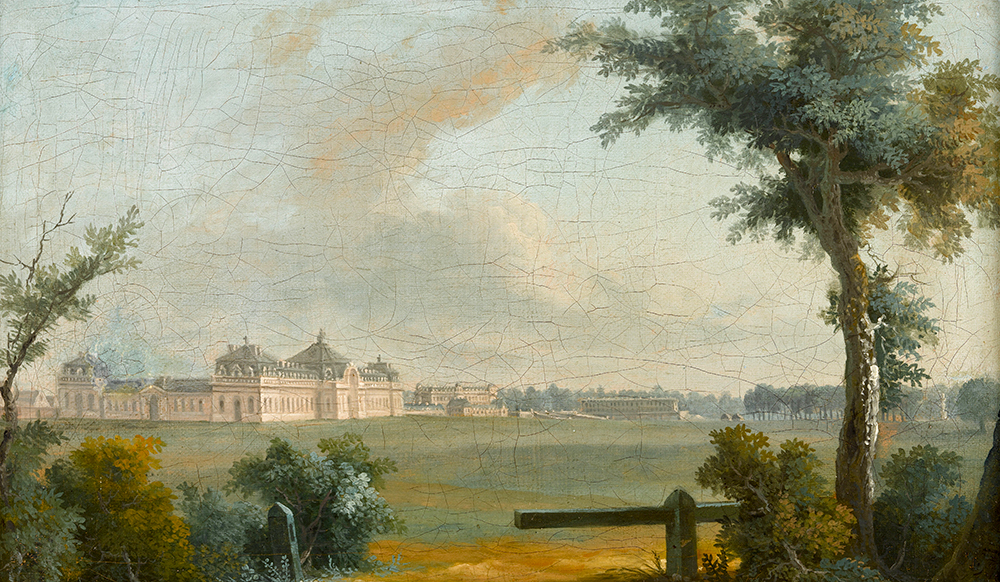
The history of the Great Stables
The Living Museum of the Horse delves into the fabulous history of the Great Stables, the largest in Europe, built between 1719 and 1735 for Louis-Henri, Prince of Condé. They were intended for the favourite pastime of princes in Chantilly: hunting. Forming a veritable palace adorned with rocaille sculptures, they can accommodate 240 horses!
Contemporary museography
The Living Museum of the Horse is open to all visitors, experts and novices alike. Its resolutely contemporary museography, offering a large number of interactive resources, gives visitors a vision of the horse and its history that is both pedagogical and enjoyable.
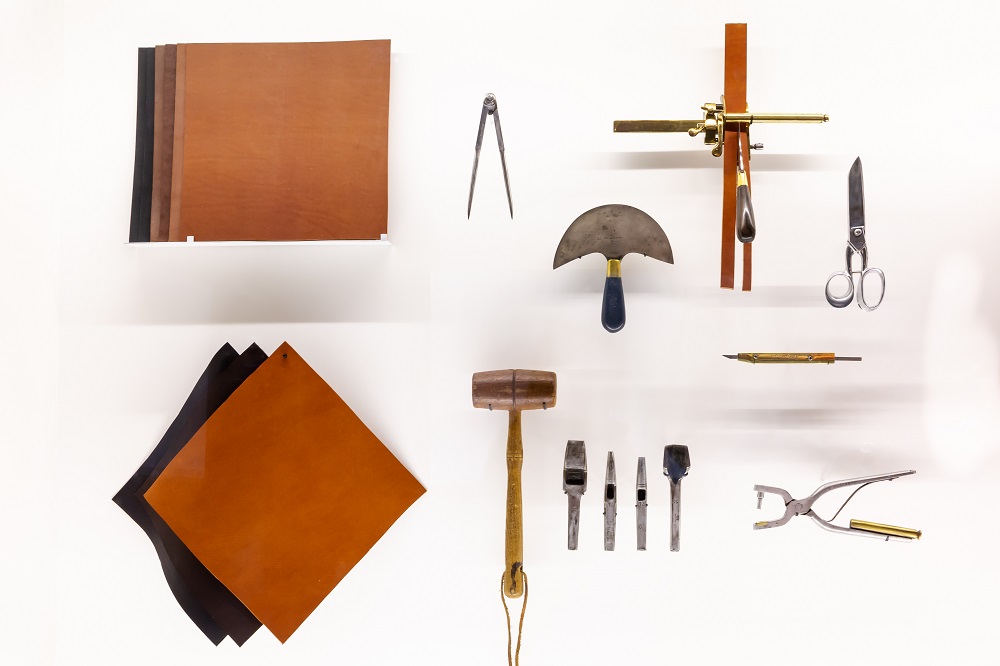
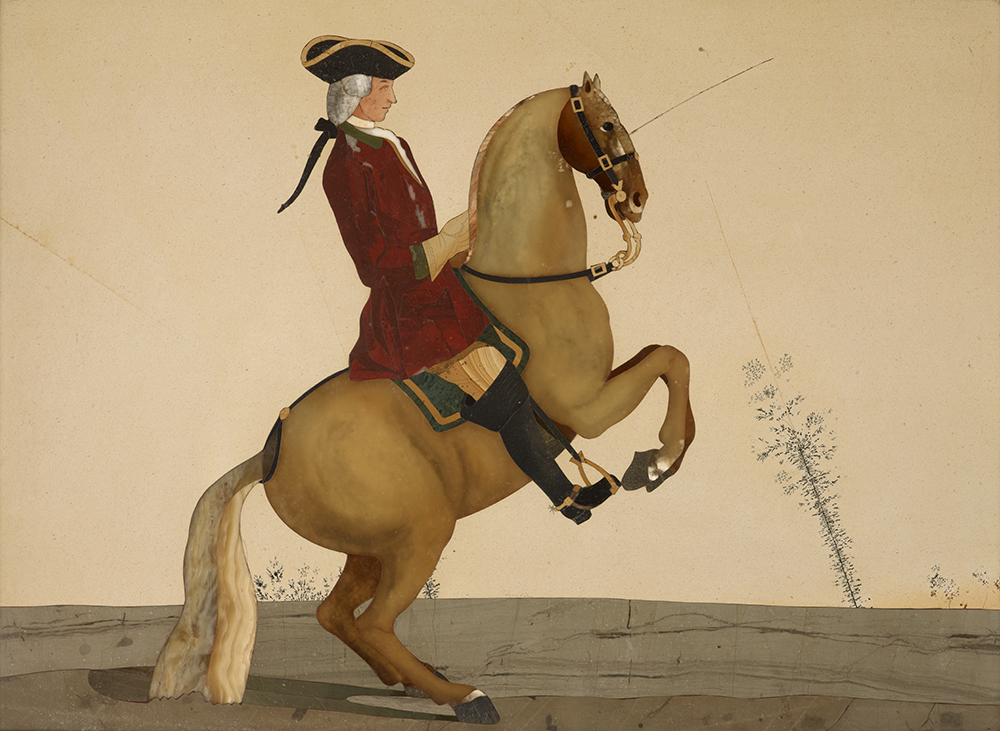
Precious original collections
Visitors can contemplate almost 200 objects and works of art: paintings, prints, sculptures, manuscripts, equestrian equipment…
The collections, which come from all over the world, from the storage rooms of the Condé museum and from private collections, demonstrate the various uses of the horse and aesthetic expressions appreciated in their places of origin. Rare works by Pierre Vernet or Froment-Meurice are exhibited here.
Rich and varied themes
The objects and works of art, exhibited in 15 rooms, cover several themes: the history of the domestication of horses, the different races of horses in the world and the evolution of tack over the centuries. One room is dedicated to tools invented by man to control his steed: bits, stirrups, spurs…
The museum also retraces the role of the horse in power, at war, hunting and for leisure. Horseracing, for which Chantilly has been famous since 1834, is represented in two rooms of the museum.

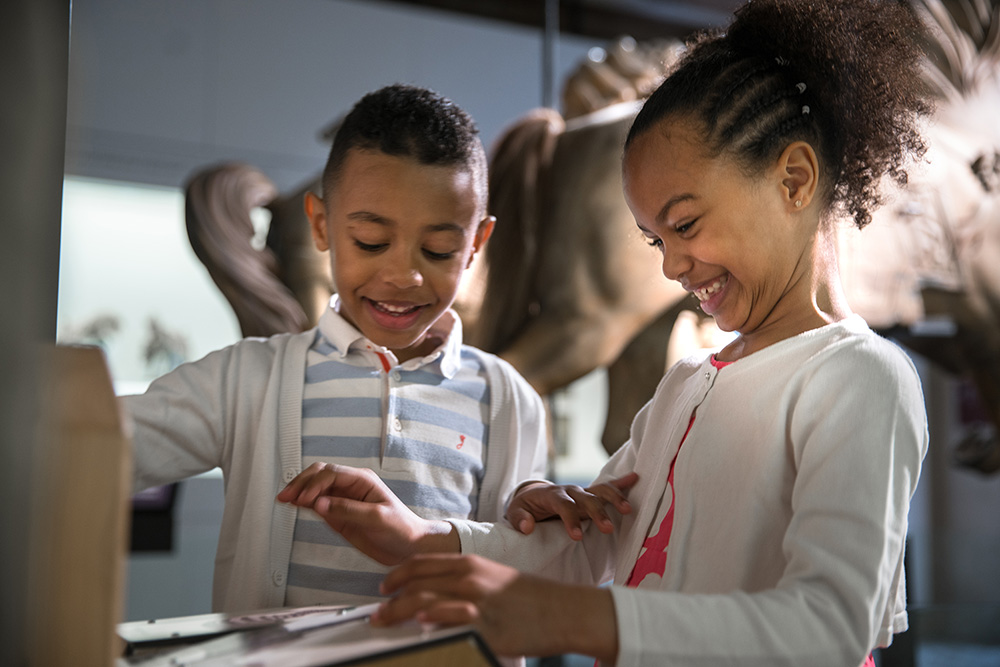
Family tour
The Museum of the Horse offers a tour designed for families. From room to room, approximately twenty panels will catch 7-12 year-olds’ attention through anecdotes, quizzes and technical details on the works exhibited.
Five terminals complete this tour, each one appealing to a different sense: the horse and its various spheres evoked in the museum’s rooms can be discovered through smell, hearing, sight and touch. At the end of the tour, a quiz in the form of a wheel to spin gives an overview of all of the elements covered during the visit.

